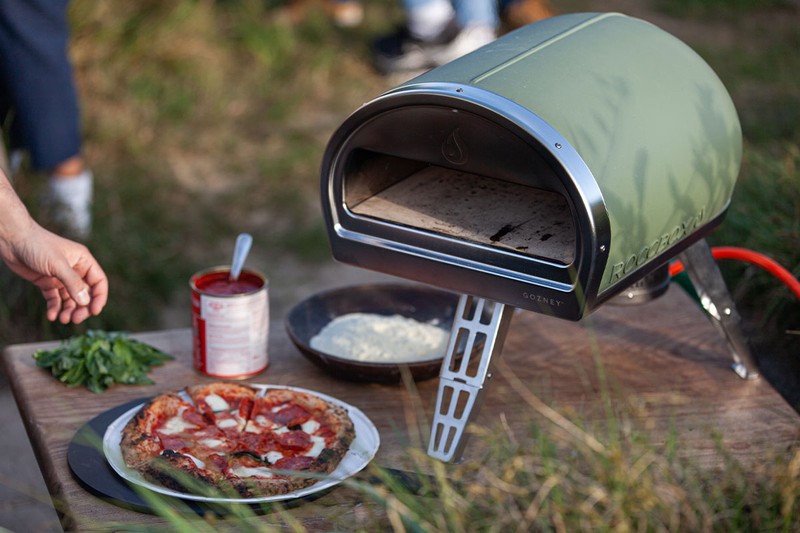
How To Make Great Pizza At Home
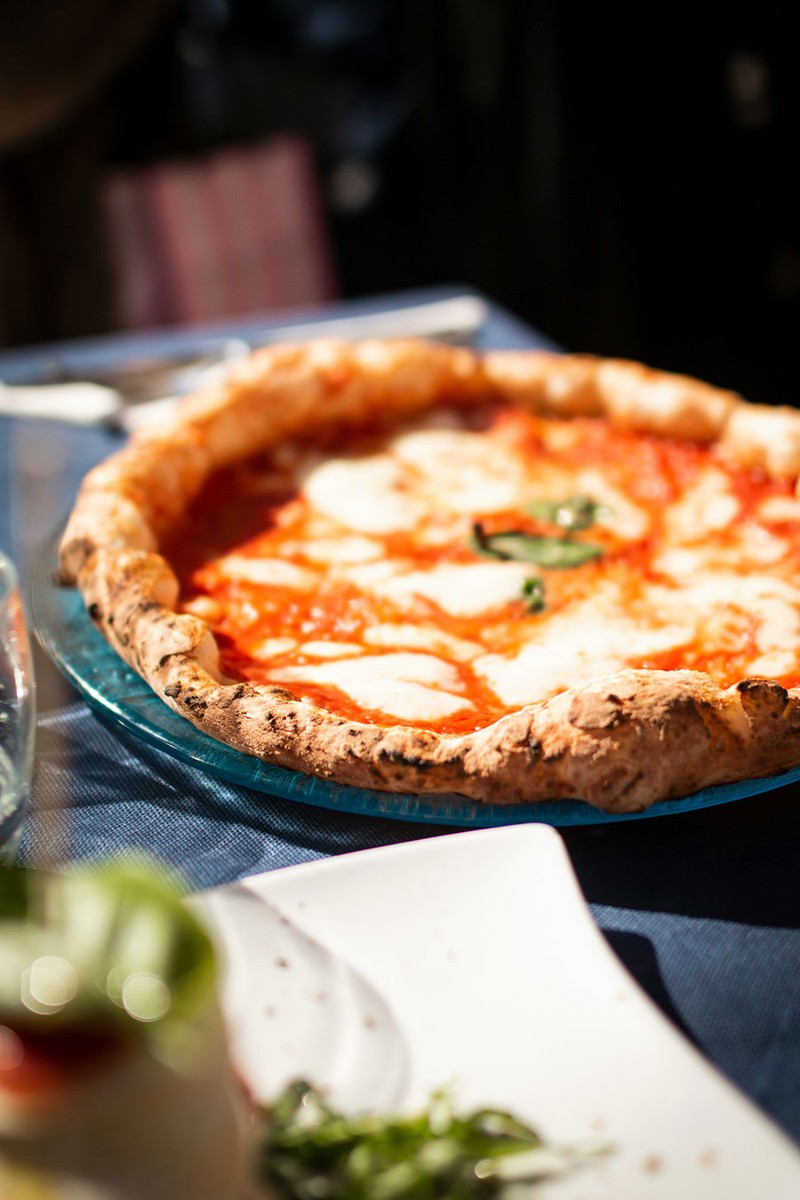
DOUGH
“The key to making light, crispy pizza dough is to use the right flour and allow enough time for proper hydration and the fermentation process. Tipo 00 flour is ideal for its fine texture and high protein content. For a chewier crust, bread flour works well due to its higher gluten content. All-purpose flour is a good middle ground but won’t provide the same structure.
“For the best flavour and texture, let the dough rise for eight to 24 hours. If you’re short on time, a two-hour room temperature rise works, but the flavour will be slightly different. Let the dough come to room temperature before stretching it out, then gently press it outward with your fingers. Then you can hold the dough up and stretch it while rotating. The main things to remember are not to over or under knead the dough. Let it sit with plenty of time and don’t use too much flour when stretching it out.” – Francesco Macri, Alley Cats Pizza
“The foundation of a perfect pizza is the dough. I like Caputo 00 flour – its ultra-fine grind creates a light, crisp texture while still providing enough elasticity for a beautiful rise. For optimal flavour and structure, let the dough rise for at least eight to 24 hours. A slow, cold fermentation in the fridge (up to 72 hours) enhances complexity. When stretching the dough, avoid rolling pins – they compress the air pockets that give your crust its signature lift. Instead, use gravity: gently drape the dough over your hands and rotate.” – Dean Harper, Harper Fine Dining
“For the best possible dough, make it 48 hours in advance and use a baking stone for your home oven. This will ensure the base is nice and crispy. Any bread or strong flour will do – don’t complicate things. Otherwise, any 00 flour with high protein content works. You want to let it rest for at least an hour, at around 22°C. You can also easily freeze dough, so it’s an idea to make a bigger batch to use for later.” – Diego Jacquet, Florencio Pizzeria
"A good 00 Italian pasta flour is my favourite. 00 means it’s the finest mill so you get the best results for releasing the gluten, which makes a good dough. When you’re stretching the dough, use the tips of your fingers and coat then in semolina instead of flour to allow the dough to move more freely. Coating your fingers in oil first will help them not to stick.” – James Golding, Rockwater
SAUCE & TOPPINGS
“A great pizza sauce is simple: high-quality tomatoes, salt, olive oil and sometimes garlic or basil is all your need. San Marzano (a type of plum tomato) are the best choice as they’re naturally sweet, low in acidity and have a smooth texture. To ensure you don’t get a soggy base, don’t use too much sauce and cook it at a high temperature. Margherita will always be a classic, although I love pepperoni or prosciutto with arugula for a fresh, slightly salty balance. Remember there’s a correct order of assembly: sauce, cheese, toppings.” – Francesco
“My tip is to never cook the sauce, always use it raw. All you need is good-quality tomatoes, salt and olive oil. Use canned tomatoes, but make sure they’re good-quality whole tomatoes – never chopped. Be sure to preheat the oven at least an hour before cooking, and don’t overload the pizza with too many toppings. My go-to is tomato sauce, mozzarella, basil, and extra virgin olive oil.” – Diego
“A truly great pizza sauce is simple and uncooked – crushed San Marzano tomatoes, a pinch of sea salt and a drizzle of high-quality olive oil. Cooking the sauce dulls its natural brightness. I prefer canned over fresh tomatoes, as they offer consistent flavour and acidity. To prevent sogginess, layer smartly: place moisture-rich toppings like mushrooms beneath the cheese so they don’t release excess water onto the crust. I like fior di latte mozzarella, fresh basil and a sprinkle of parmigiano reggiano.” – Dean
“Using great-quality Italian tinned tomatoes goes a long way. I like to keep it simple with sea salt, oregano, a little bit of garlic and black pepper. Don’t overload your pizza. Keep it simple, spread out your topping and use a good-quality dry mozzarella. If you decide to use the wet mozzarella balls, always add them on afterwards and dry them on a paper towel or J cloth before you shred them onto the pizza to stop the base getting soggy. I love black olives, capers, salted anchovies and basil on mine.” – James
/https%3A%2F%2Fsheerluxe.com%2Fsites%2Fsheerluxe%2Ffiles%2Farticles%2F2025%2F03%2Ffabrizio-pullara-vhrfrav4u00-unsplash.jpg?itok=7fExNxaR)
COOKING & EQUIPMENT
“If you’re serious about your pizza, a proper pizza oven is the best option. Though, if you’re using a conventional oven, a pizza stone or steel improves results, especially some of the new models available. Preheat your oven to its highest temperature for at least 45 minutes. Then turn it down and use a pizza stone or steel, and cook it on the highest rack for better heat exposure. Steel heats faster and retains that heat better, while stones take longer to preheat, but still work well.” – Francesco
“A wood-fired oven is ideal, but for home kitchens, a pizza stone or steel preheated for at least 45 minutes at the oven’s highest setting mimics the high, even heat of a professional setup. Steel holds heat better, creating a crispier base. For an extra boost, cook the pizza on the top rack under the grill for the last 1-2 minutes, simulating the charring of a brick oven. If using a conventional oven, a cast-iron pan preheated on the stovetop before baking can also replicate that intense heat.” – Dean
“We use either a Gozney Roccbox or a Gozney Dome at our house. They really do deliver the best all-round cook and are versatile, as a Roccbox can be taken anywhere, while the Dome sits in the back garden and looks great. If you don’t have a pizza oven, my parents used to put terracotta tiles onto the shelves in the oven, using them as a stone. This works well and keeps a nice even cook on the bottom of the pizza.” – James
“If you have access to a pizza oven, it’s definitely the best option. I recommend using a steel pan or tray for a crispy base at home in a regular oven. For a crispy base, try cooking it for a couple of minutes first before adding the sauce and toppings.” – Diego
SHOP THE PRODUCT EDIT


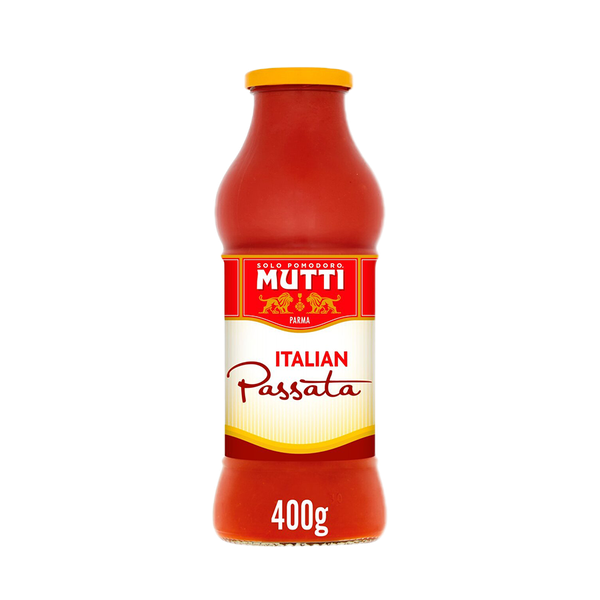
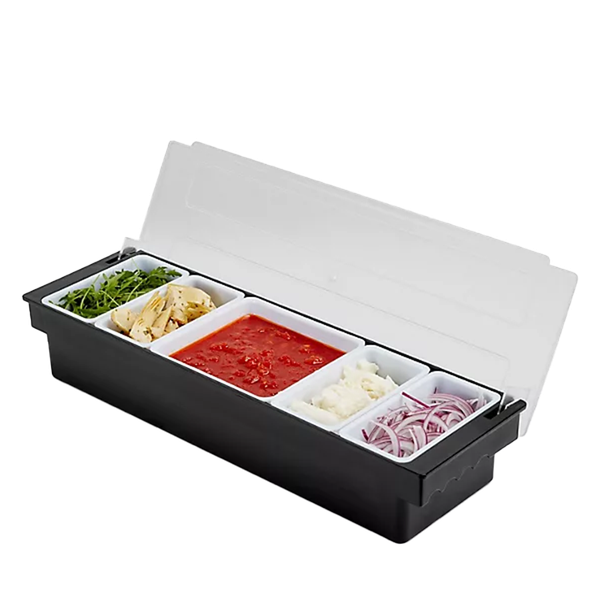
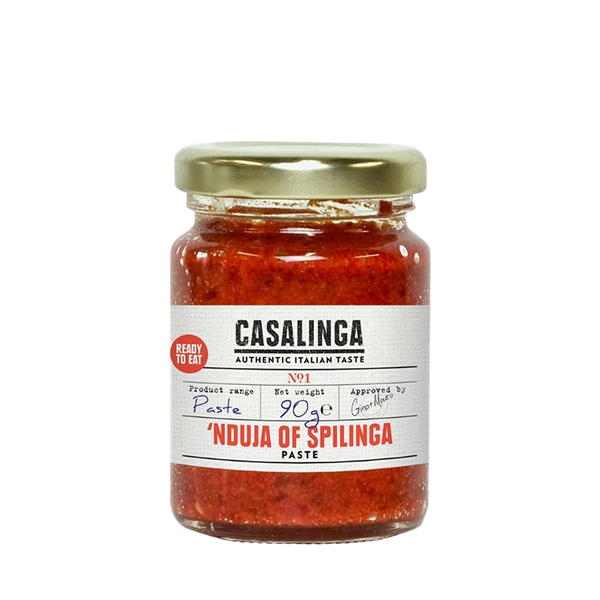

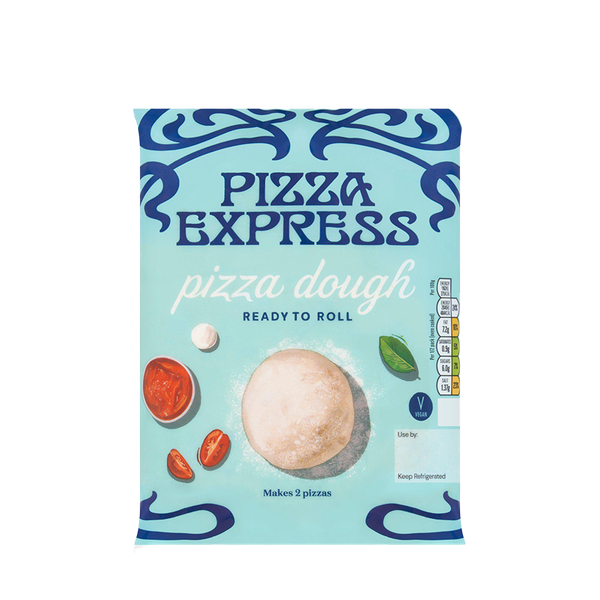
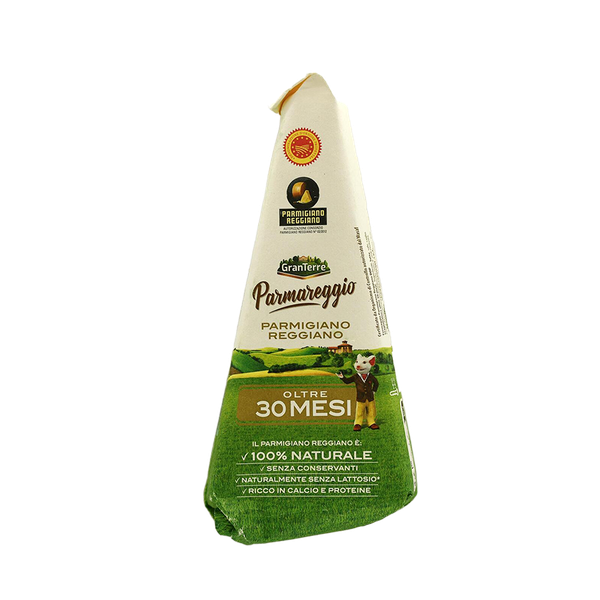



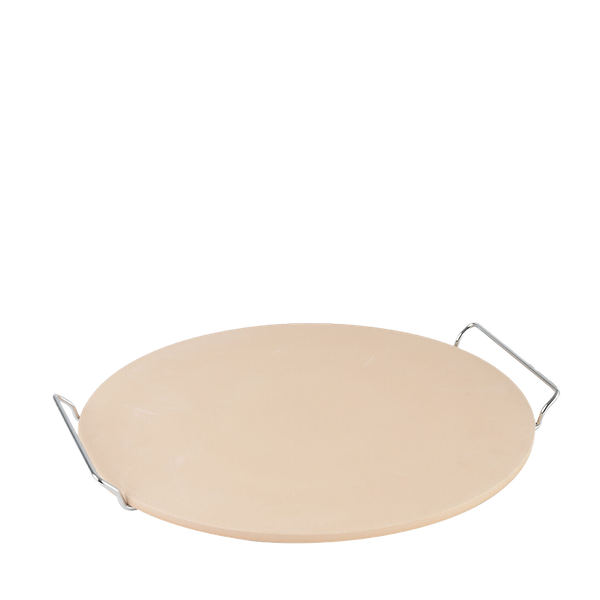
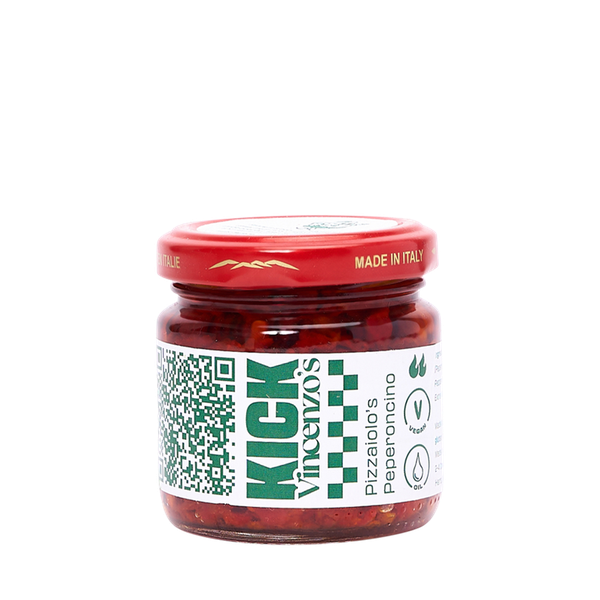


INSPIRATION CREDITS: ALBERTO BOGO/STOCKSY
DISCLAIMER: We endeavour to always credit the correct original source of every image we use. If you think a credit may be incorrect, please contact us at info@sheerluxe.com.
